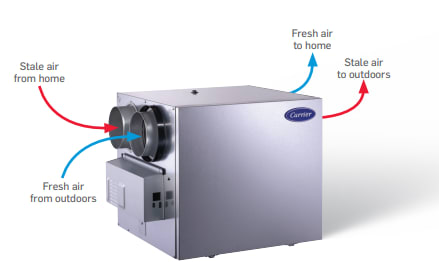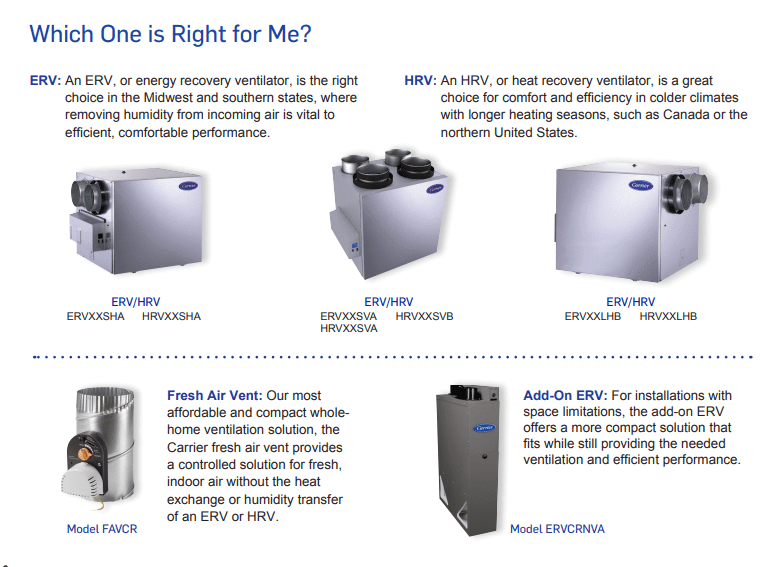HVAC Ventilation System
By Travis Baugh
An HVAC ventilation system is vital for sustaining indoor air quality and comfort in residential spaces. By removing stale air, introducing fresh, filtered air from outside, or both, these systems help create a healthy living environment. Understanding the workings of HVAC ventilation is crucial for homeowners. This article delves into the benefits of an HVAC ventilation system, considerations for choosing the right system, types of HVAC ventilation systems available, and tips for installation, upgrades, and maintenance to ensure optimal performance.

Benefits of an HVAC Ventilation System
IAn HVAC ventilation system offers numerous benefits that significantly enhance your indoor environment.
One key advantage of a well-designed ventilation system is improved air circulation and comfort. By ensuring a steady flow of fresh air throughout your home, it helps reduce stuffiness and creates a more pleasant living environment. Whether during hot summer months or cold winter days, a properly ventilated space helps maintain a comfortable atmosphere for you and your family.
In addition to enhancing air circulation, a well-designed ventilation system effectively removes indoor pollutants and allergens. It filters out dust, pet dander, pollen, and other airborne allergens that are known to trigger allergies or respiratory issues. This is particularly important for individuals with asthma or allergies, as it helps create a healthier indoor environment.
Furthermore, a properly functioning HVAC ventilation system can contribute to energy efficiency and heating and cooling energy bill savings. By ensuring improved air circulation and distribution, it can reduce the workload on your heating and cooling system, resulting in lower energy consumption. With a well-designed ventilation system, you can enjoy improved indoor air quality and comfort.
Additionally, it helps regulate indoor humidity levels and reduce condensation issues. Learn more about the importance of home ventilation.

HVAC Ventilator Types
Maintaining a comfortable and healthier indoor environment necessitates a reliable HVAC ventilation system. HVAC ventilators come in three main categories – heat recovery ventilators, energy recovery ventilators, and fresh air vents.
Heat recovery ventilators (HRV) and energy recovery ventilators (ERV) offer a more sophisticated solution that captures heating or cooling energy from outgoing air and transfers it to the incoming fresh air without mixing the airstreams. When choosing between HRV and ERV systems, it is important to understand their differences. The choice between HRV and ERV depends on factors such as climate, humidity levels, and specific indoor air quality requirements.
Heat Recovery Ventilator
Heat recovery ventilator systems recover heat from outgoing stale air and transfer it to incoming fresh air, reducing energy consumption and maintaining a comfortable indoor temperature. If you live in a colder climate with a longer heating season, such as Canada or the northern United States, the HRV can provide comfort and efficiency. Heat recovery ventilators can also help reduce excess humidity from the home.
Energy Recovery Ventilator
In the Midwest and southern states, where humidity removal is needed for the incoming air, an ERV can provide year-round efficiency. Energy recovery ventilators recover heat energy and can remove moisture from incoming air, ensuring proper humidity levels in the space.
Fresh Air Vent
This product provides an alternative, less expensive solution to bring fresh air into your home. Although it doesn’t have the heat exchange capabilities of an ERV or HRV, fresh air is introduced in a controlled manner. Some systems have humidity sensors to shut off during periods of high humidity outside.
The below graphic provides a summary of the different types of ventilators Carrier offers.

HVAC Ventilation System Installation and Upgrades
Installing or upgrading your HVAC ventilation system requires professional HVAC contractors who possess the expertise and knowledge to ensure a successful installation or upgrade.
By hiring professionals, you can be assured that the installation or upgrade will be executed correctly, ensuring optimal performance and energy efficiency. They handle everything from sizing the system correctly to installing it according to industry standards and local building codes.
If you already have a ventilator, you might consider upgrading it to improve its efficiency and performance. Upgrading an existing system can enhance indoor air quality, reduce energy consumption, and provide better control over temperature and humidity levels.
During an upgrade, professional HVAC contractors will evaluate your current ventilator and recommend the most suitable upgrades. This may involve replacing outdated components, adding a new unit with more features or integrated smart technologies for improved control and energy management.
If you are building a new home or undertaking a major renovation project, selecting the right ventilation system is crucial. A well-designed system will ensure a comfortable living environment while promoting energy efficiency.
Trained HVAC dealers can guide you through the selection process, considering factors such as the size and layout of your home, local climate, and your specific needs and preferences.

